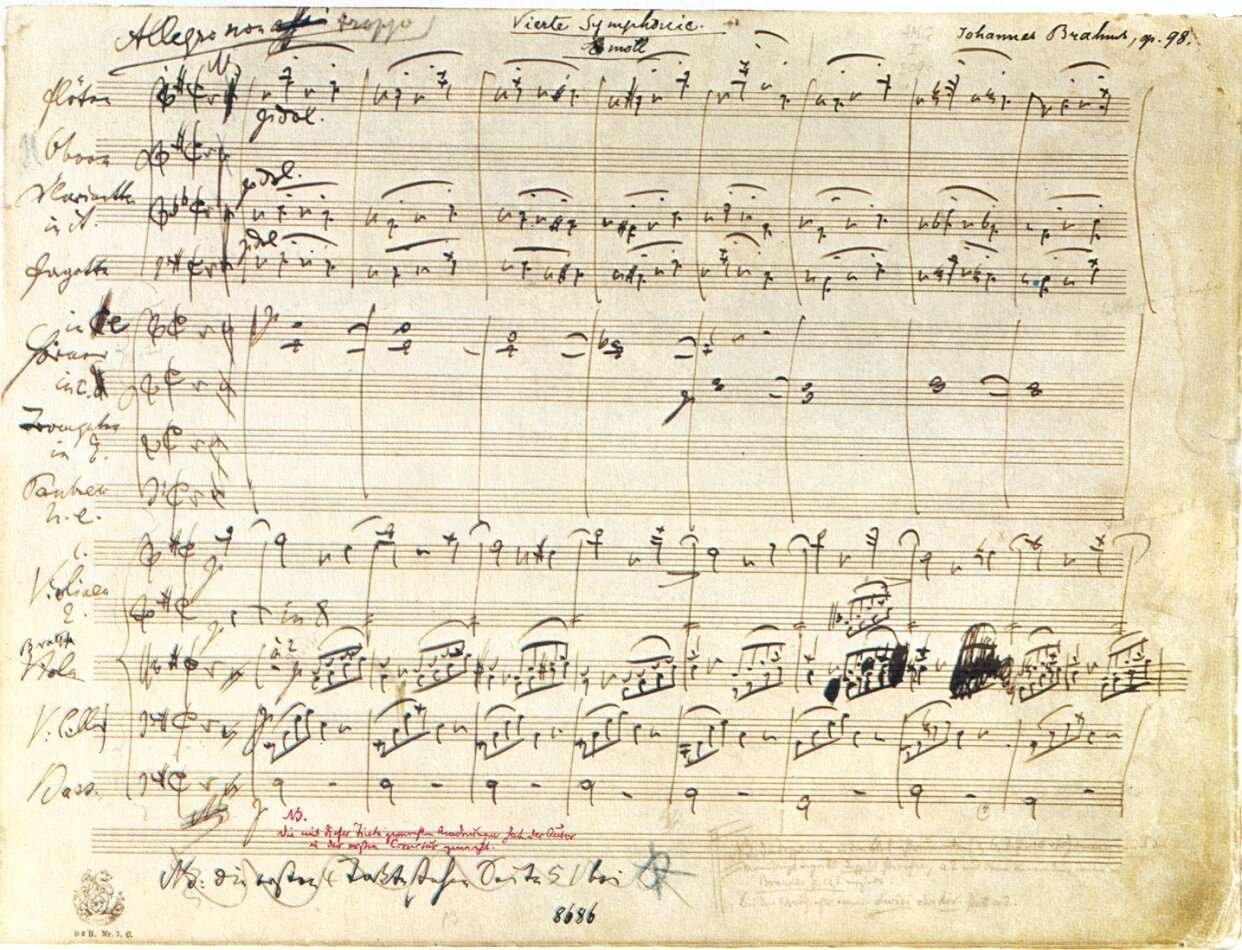To Change a Bowing or Not
As classical string players we are conditioned from the beginning to execute uniform bowing or follow what is printed in the music. This is true not only for the solo repertoire but especially in orchestral settings. The bowings create phrasing, musical expression and bring to life what the composer intended. Well, the player either goes down or up (over simplification) coupled with or without slurs and a variety of complex articulations and dynamics.
The “bow” is our voice so its function is powerfully artistic. In orchestral settings the conductor (along with the concertmaster) provide any desired changes or edits in bowings. As an experienced orchestral violinist this is a fascinating and impactful subject as changes in bowings dramatically affect the players and overall sound of the section. I remember years ago when Isaac Stern’s son, David, was conducting the Nashville Symphony Orchestra for a classical series and he had both violin sections use “free bowing” in the opening measures of the Johannes Brahms symphony no. 1, op. 68. What! Oh my! That breaks some rules but what a brilliant artistic choice. He wanted a lot of sound to come from the back of the sections. This choice literally freed all of us up to use many bows on individual notes which created a wonderful tidal wave of sound for this majestic work.


